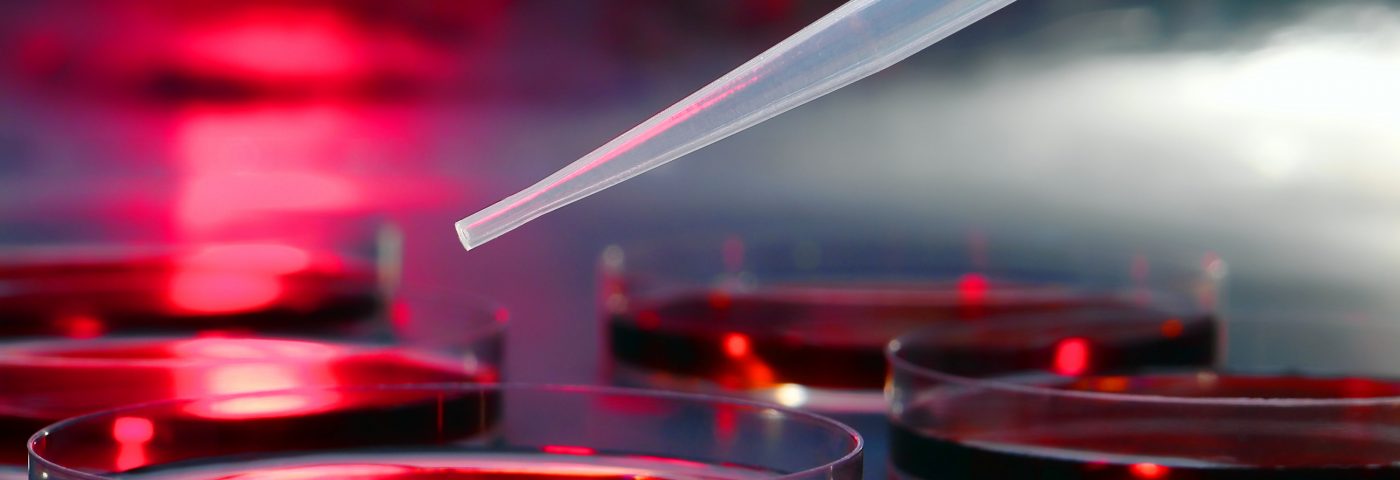By converting adult lung cells to stem cells, a team of UCLA researchers developed mini-lungs in a culture dish, called lung organoids. This 3D lung tissue can be used to study and develop new treatments for lung diseases, including idiopathic pulmonary fibrosis (IPF).
The study, “Development of a Three-Dimensional Bioengineering Technology to Generate Lung Tissue for Personalized Disease Modeling,” was published in the journal Stem Cells Translational Medicine.
“While we haven’t built a fully functional lung, we’ve been able to take lung cells and place them in the correct geometrical spacing and pattern to mimic a human lung,” Dr. Brigitte Gomperts, an associate professor of pediatric hematology/oncology and the study’s lead author, said in a press release.
Researchers who studied the effects of genetic mutations or drugs on lung cells were confined to two-dimensional cultures, an artificial system that does not reproduce cells’ real organization and hierarchy in living things. In fact, when researchers grew lung cells taken from PF patients into these 2D cultures, the cells appeared healthy and did not mimic the disease.
“Scientists have really not been able to model lung scarring in a dish,” said Gomperts, who is a member of the UCLA Broad Stem Cell Research Center.
This inability to fully capture and model in vitro IPF represents a serious obstacle in research toward understanding disease biology and to develop appropriate and effective therapeutics.
Now a team of researchers at the Eli and Edythe Broad Center of Regenerative Medicine and Stem Cell Research at UCLA used stem cells created using lung cells from adult patients with IPF. The cells coated sticky hydrogel beads, which were then divided into small wells, each only 7 millimeters across. Inside each well, the cells formed an evenly distributed 3D lung pattern. These, researchers showed, mimicked the structure of human lungs.
With these newly developed lung organoids, scientists now have a working tool to study the mechanism underlying several lung diseases, including IPF, and an ideal platform to test potential therapies, representing a key step in drug validation before testing in human patients. Importantly, this technique ultimately allows researchers to develop patient-tailored lung organoids.
“This is the basis for precision medicine and personalized treatments,” Gomperts said.

